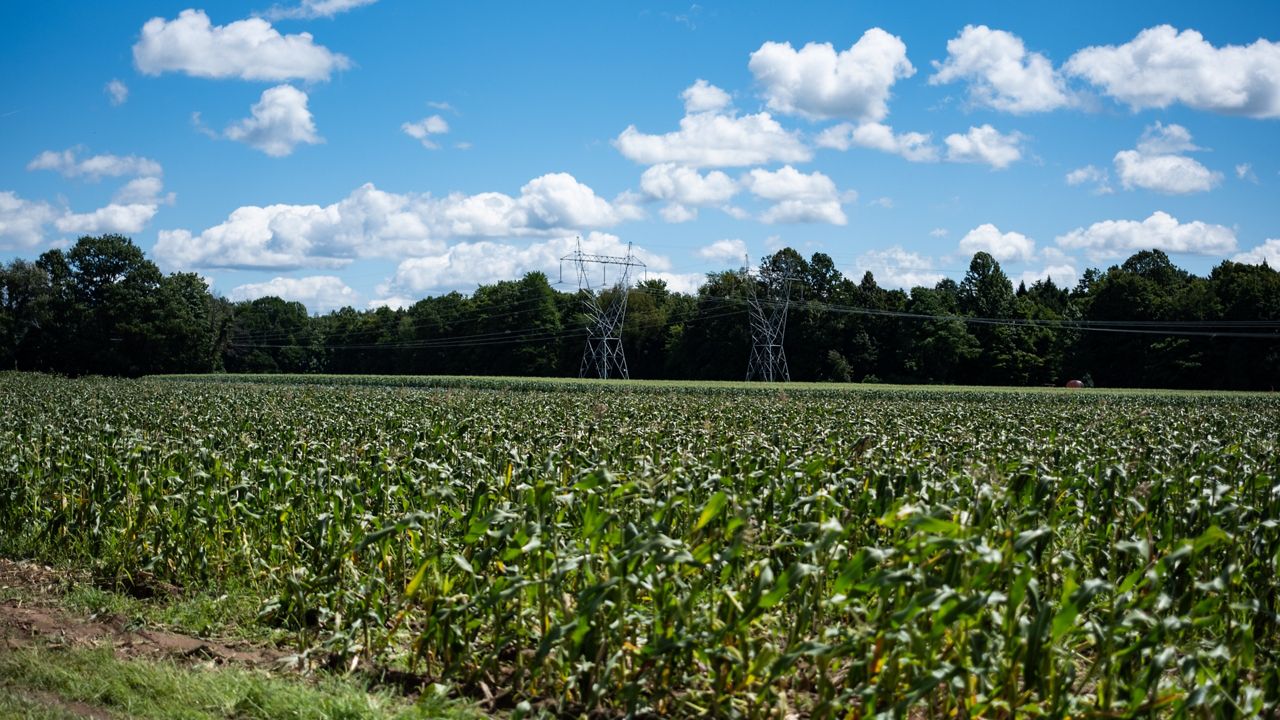With New York requiring the state to move to 70% renewable energy by 2030, agriculture advocates are cautioning about “going too fast too soon” and seeking exemptions for diesel-powered farming equipment that poses challenges to electrification.
In January, the New York Farm Bureau cited “common sense energy policy” as one of their concerns for the state in 2024.
“Farmers understand the need to take action to support our climate and mitigate the extreme impacts that our farms are seeing, but we’re worried that there’s too great of a push for electrification before we can successfully adopt it,” said New York Farm Bureau president David Fisher.
A 2019 law passed by the state Legislature mandates that New York is 70% powered by renewable energy. A framework released by the state in 2022 lays out how the agriculture industry would achieve this.
However, the Farm Bureau says farmers are working toward reducing their emissions as much as they can while still producing affordable products. This includes implementing cover crops, solar panels on non-agricultural lands and new technology to improve efficiency.
Currently, farms use mostly diesel-powered equipment, and many say the switch to battery-powered equipment isn’t yet feasible due to the long hours of operation.
“Having equipment that is reliable and affordable during planting and harvest is critical,” Fisher said.
Additionally, Fisher highlighted the need for assurances that the electric grid can support the level of electrical production needed on New York farms in rural areas.
Max Zhang, a professor of mechanical engineering at Cornell University, said there are two factors to consider when looking at how the grid can support farms.
“One is whether we can generate electricity and renewable electricity to support electrification, and the second is whether the power grid or power lines and electrical infrastructure can support the increased electricity consumption,” he said.
Agriculture is a seasonal industry and is time-sensitive, which poses another challenge to the use of electric machinery and equipment.
“If there is a short-time window say for planting, all the tractors have to be utilized for that purpose. You have to finish all your planting within that window. All the equipment has to be working so this type of seasonal dependence will pose a greater challenge than the use of personal electrification,” Zhang said.
The amount of time it takes to charge a battery can slow things down for farms.
“There is an idea of instead of charging the battery, you could swap the battery. That could be an option, but it’s not something we have seen in agriculture,” Zhang said.
John Deere, a company that manufactures agricultural equipment, did not comment as they have not put these products on the market. However, they did select a location in Kernsville, North Carolina where they will build a factory to manufacture batteries, according to a press release sent out in August.
“With the evolving off-highway equipment market, we are prioritizing the development of a robust charging ecosystem and battery portfolio that can support and sustain the long-term adoption of electrification across a wide variety of applications,” said Pierre Guyot, senior vice president of John Deere Power Systems, said in the release.
Hammad Chaudhry, senior manager of conservation and load management at New York State Electric and Gas, said they offer programs that can help farms with their energy consumption and costs.
“Energy efficiency starts with an assessment so all they would do is schedule an assessment so we can come out and access their operations, their facility and design an energy efficiency solution,” Chaudhry said.
Additionally, NYSEG offers financial incentives for some standard equipment such as milk cooling systems and refrigeration, high-efficiency vacuum pumps, and high-speed barn fans, Chaudhry said.
“An assessment will help them understand their energy usage in their facilities and operations and will tell us what measures they can install,” he said.
The grid is designed to meet the specific needs of their customers and a lot of planning goes into creating it, Chaudhry said.
“With a lot of planning studies and econometric studies, we plan our system such that we are serving our customers reliably and safely,” he said.
While NYSEG offers many programs, education and outreach to those in the agricultural sector, there is still more to be done in terms of energy efficiency, Chaudhry said.
“I believe there is a lot that needs to be done in the farming sector, but we have robust programs to help, and I see a lot of opportunities available for our consumers to come to us and take advantage of these facilities,” he said.









